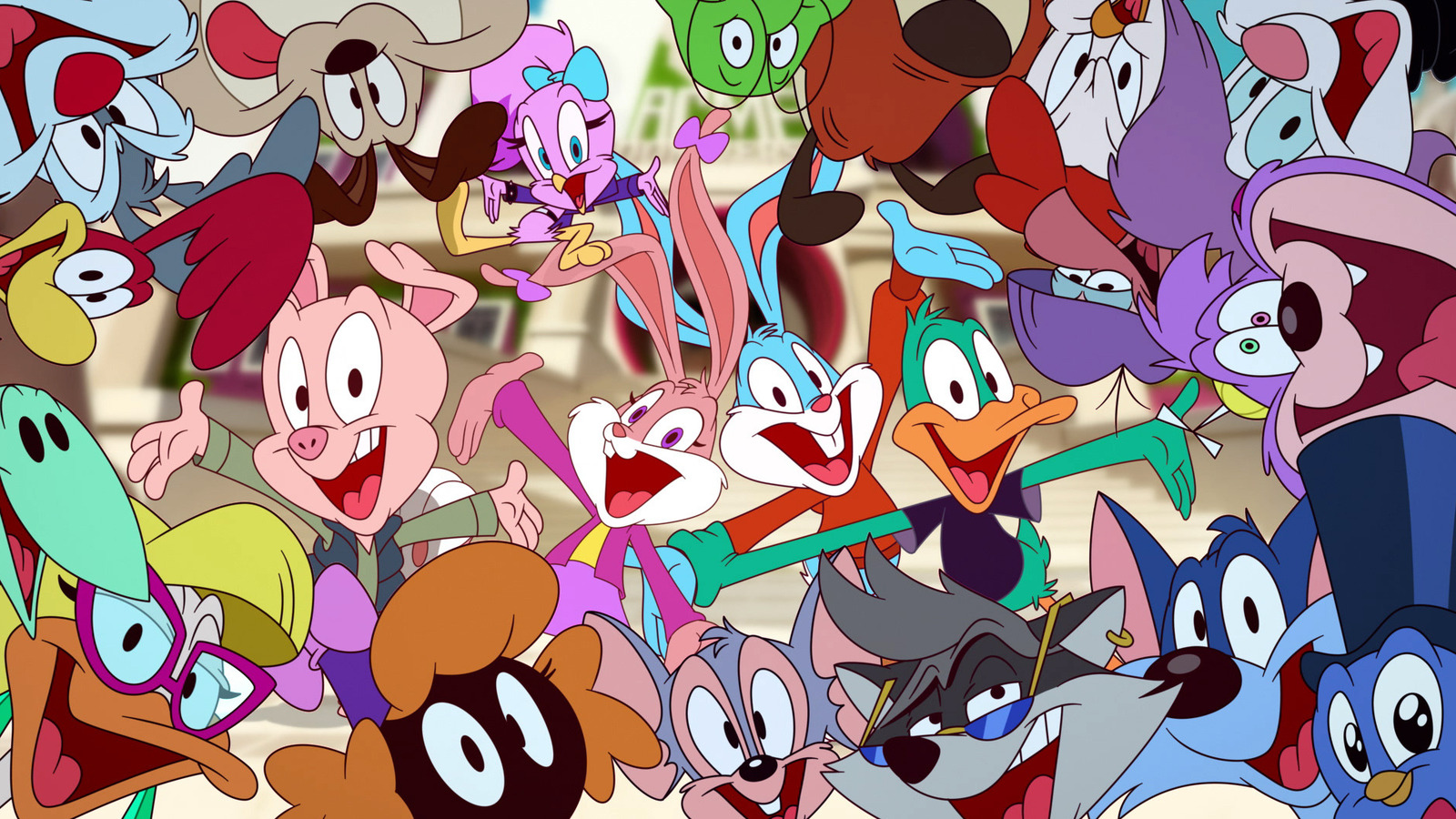
Originally starting out as a channel dedicated to airing classic animations, Cartoon Network rapidly evolved into a go-to place for both kids and animation enthusiasts alike, offering an array of groundbreaking new cartoons. Over the years, this network has skillfully managed to grow alongside its audience, from childhood all the way through adulthood, while simultaneously appealing to fresh generations of young viewers. With its enduring presence, Cartoon Network gives the impression of being a constant fixture. However, it may not be as ancient or invincible as it appears.
Exploring the history of Cartoon Network can be less complex than other cable channels due to its founders and purpose. However, keeping track of its ownership day-by-day has been challenging over the past three decades. Moreover, recent news about Cartoon Network has predominantly been negative, involving acquisitions, mergers, resulting in content deletions, and even entire sections of the brand being discontinued. So, who currently owns Cartoon Network and is it still active? Let’s find out.
Ted Turner acquires several animation libraries in the 1980s
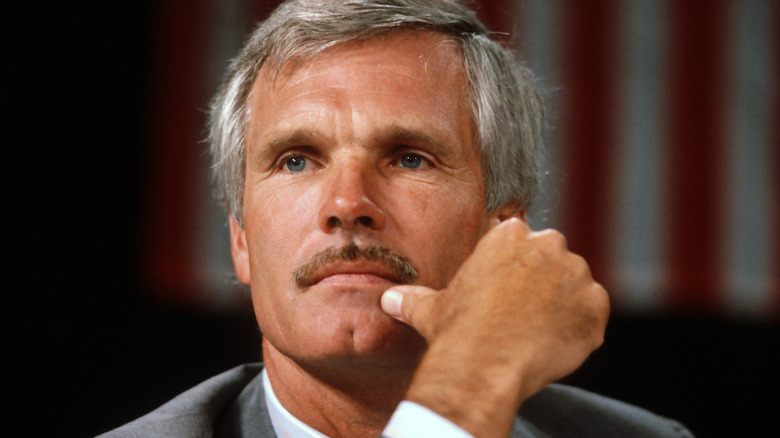
In more contemporary times, Ted Turner may not be a frequently mentioned name, but during the 1980s and ’90s, he was widely recognized. He played a significant role in the expansion of cable television within American households, establishing networks such as CNN, TBS, and TNT. Turner’s media ventures were often headline news, with his acquisitions of numerous media companies and their libraries. Subsequently, he would establish channels to broadcast the content from these acquisitions. For example, his ownership of film archives led to the launch of Turner Classic Movies (TCM) in the 1990s.
In the 90s, Turner Entertainment had a variety of animated content under its wing. This included timeless classics like Looney Tunes, Tom & Jerry, Popeye, The Flintstones, and Scooby-Do. Recognizing the need for a dedicated platform to house these beloved characters, Turner Entertainment made the strategic decision to launch another channel, which would become a home for all of their newly acquired cartoons.
Turner Broadcasting launches Cartoon Network on October 1, 1992
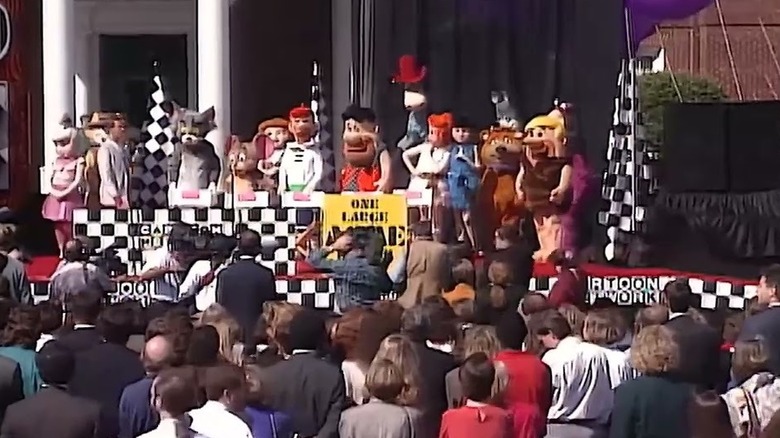
1991 marked a significant milestone for Turner as he secured one of his largest acquisitions to date. He outbid numerous competitors to gain ownership of Hanna-Barbera’s animation library, costing him approximately $320 million. In today’s terms, this sum would be equivalent to around $740 million after adjusting for inflation in 2025. This acquisition expanded Turner’s media empire by adding numerous iconic cartoons and characters to his collection, providing him with an abundant amount of animation content to create a whole channel based on it.
Back in March of ’92, Cartoon Network, Inc. made its grand entrance into the world of television. On October 1st, it found a home as Turner’s fifth channel, marking the birth of the very first 24/7 animation network. Just like CNN pioneered non-stop news, we were the pioneers in the realm of round-the-clock toons!
For a while there, our lineup was all about reruns of classic cartoon series and shorts. But as they say, change is the only constant, and it wasn’t long before we began crafting our own unique content that would make Cartoon Network truly stand out.
Cartoon Network begins creating original content
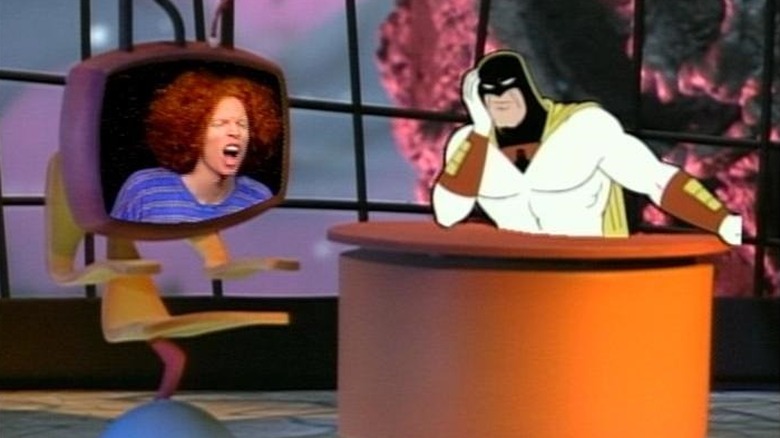
It took Cartoon Network just over a year and a half to start producing its own shows, which other cable channels typically did after several years. In April 1994, they premiered their first original series, “Space Ghost Coast to Coast,” an animated late-night talk show. However, this was not the beginning of a major push for new series from Cartoon Network.
Starting from a few years ago, “Space Ghost Coast to Coast” began exploring different kinds of content, but it wasn’t until 1996 that they premiered a new, original half-hour series featuring Space Ghost. This was significant because Space Ghost was an established character from Hanna-Barbera, dating back to the 1960s. The breakthrough came in 1996 with the introduction of “Dexter’s Laboratory.
When “Dexter’s Lab” rose to be Cartoon Network’s highest-rated program, it was evident that their future lay in creating unique content. Towards the end of the decade, Cartoon Network expanded their collection of original shows to include “Johnny Bravo,” “Cow and Chicken,” “Ed, Edd n Eddy,” “Courage the Cowardly Dog,” and “The Powerpuff Girls.
Warner Bros. gets its animation back when Turner Broadcasting merges with Time Warner
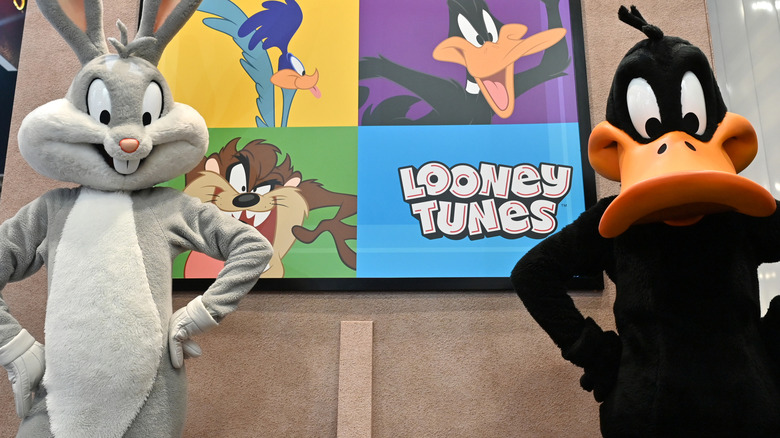
In just a short while, Cartoon Network didn’t continue to be controlled by Turner Broadcasting exclusively. The year 1996 marked the start of numerous mergers and acquisitions throughout its history when Turner Broadcasting combined with Time Warner. Time Warner itself came into being due to an earlier merger between Warner Communications and Time, Inc., making it clear that today’s frequent mergers and takeovers among large media corporations are not a novelty.
As a gamer, I can tell you that after the Turner-Time Warner merger, all those classic Warner Bros. animations that Turner had acquired before, found their way back home under the same roof as their original parent company. Even though Warner has been bought or merged with other companies since then, they’ve never lost hold of their collection – animated or otherwise – ever since they reclaimed it through the Turner-Time Warner merger.
1998 marked the debut of CartoonNetwork.com, which initially served primarily as a repository of show and character details, along with simple online games. Over time, however, it transformed into a platform where users could stream not only current but also archived Cartoon Network shows.
Cartoon Network continues to branch out with programming blocks like Adult Swim and Toonami
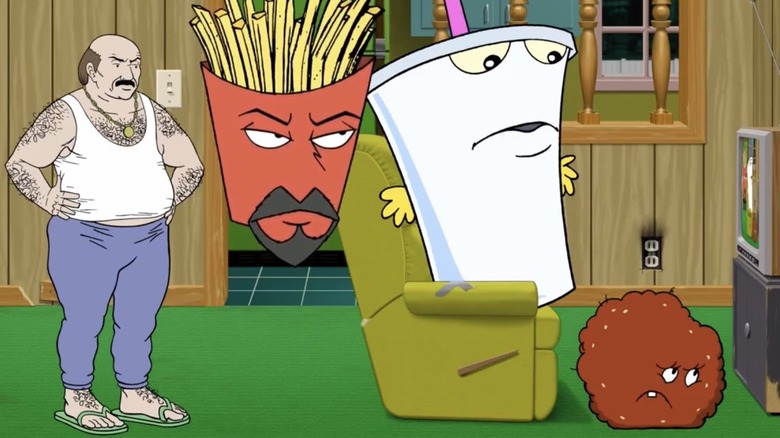
A challenge faced by channels targeting younger audiences is finding ways to keep their older viewers engaged, as they grow up. Continually appealing to new generations of children may not ensure continued success since it’s uncertain if they will connect with your content like the previous generation did. Additionally, neglecting the valuable teen and young adult demographic can be a risky move for any business catering to consumers.
Cartoon Network initially targeted a more mature audience with its Toonami programming block, first airing in March 1997. Toonami primarily showcased action-packed cartoons, beginning with popular titles like “Voltron” and “Thundercats.” In 2003, the emphasis shifted towards anime, incorporating shows such as “Dragon Ball,” “Sailor Moon,” and other long-running anime series into the lineup.
2001’s September marked the debut of Adult Swim, a shift from the network’s past practice of airing classic cartoons late at night, many of which had moved to Boomerang by then. Instead, Adult Swim filled its weeknight primetime and early morning hours with more mature, edgy content targeted towards older teens and adults. Shows like “Aqua Teen Hunger Force” and the critically acclaimed “The Venture Bros.” were among the originals it introduced, while also becoming a home for reruns of canceled animated series from other networks. Notably, Adult Swim’s reruns of “Family Guy” earned such impressive viewership that they even prompted Fox to revive the series following its cancellation several years prior.
Time Warner acquires AT&T, making Cartoon Network part of WarnerMedia
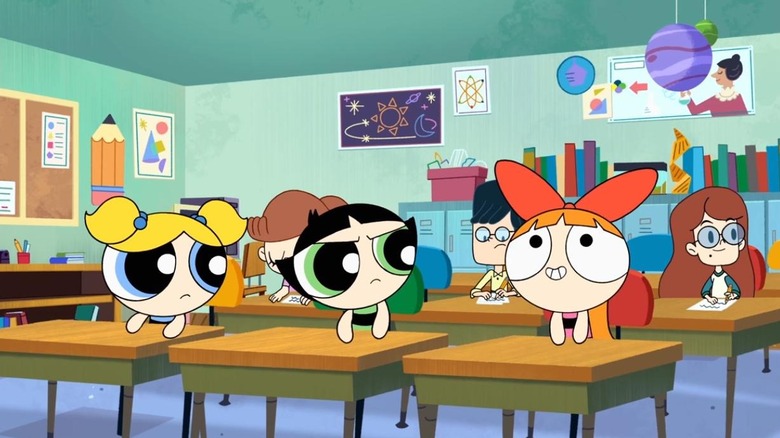
Following 1996, Cartoon Network experienced approximately 20 years of peace in corporate restructuring, the longest period of tranquility it had ever known. However, this run ended in 2016 when AT&T bought Time Warner, and along with it, all entities owned or jointly owned by Time Warner. The acquisitions were then grouped under a new division called WarnerMedia, which also encompassed The Cartoon Network, Inc.
Looking back three years, in 2019, AT&T underwent a major restructuring of its assets. This significant change led to the dissolution of Turner Broadcasting system-wide, and the channels once owned by Turner were reassigned across different business divisions. To my delight, Cartoon Network, Boomerang, and TCM found their new home in a division named Global Kids, Young Adults, and Classic. This dynamic unit not only manages these channels but also takes charge of overseeing the animation libraries that were previously acquired by Turner.
Cartoon Network becomes a subsidiary of Warner Bros. Discovery and enters its troubled streaming era
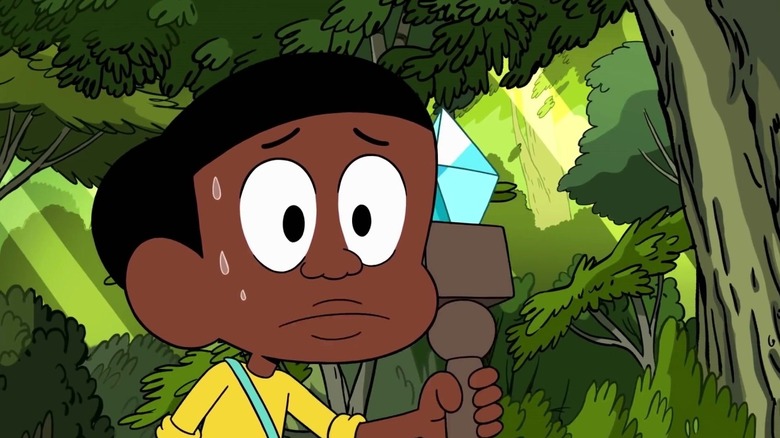
2021 saw Cartoon Network becoming part of another significant merger, this time between AT&T and Discovery, Inc., who at that point owned not just the Cartoon Network channel but also TLC, HGTV, Food Network, Animal Planet, Science Channel, and several other brands. The streaming service HBO Max had debuted the year prior, offering content from HBO as well as anything under the new Warner Bros. Discovery banner – now including Cartoon Network Inc., where it continues to be a subsidiary up until the present day.
The idea of having programming from HBO, Discovery, Inc., WarnerMedia, and more, all under one roof within a single streaming service, initially seemed like a dream. However, by 2022, the ideal of an unlimited library of content on-demand started showing signs of fissures. Major streaming platforms began removing content from their libraries, which was unexpected since it was assumed that content owned or specifically created for a given platform would remain there indefinitely. But unfortunately, this was not the case.
Content purges and the shutting down of CartoonNetwork.com
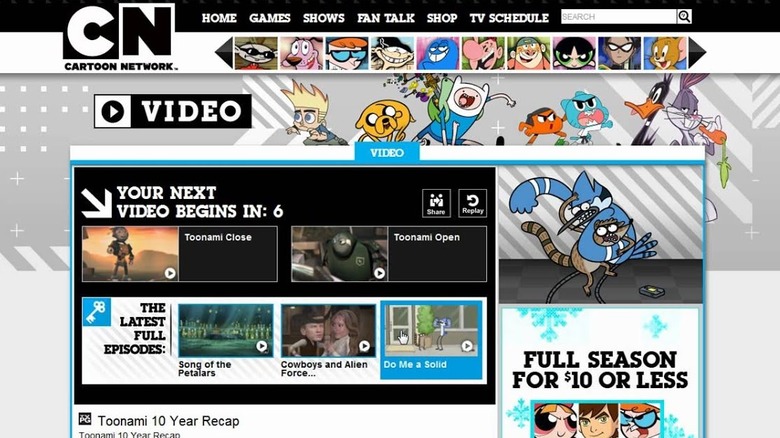
Due to recent content purges, Cartoon Network has suffered significantly, losing a significant portion of its shows from Max in 2022, and it appears that this trend is continuing, with more shows being taken down as time passes. If the rumors are true, after the upcoming round of cancellations, “Courage the Cowardly Dog” and “The Powerpuff Girls” will be the only Cartoon Network originals from the 1990s and 2000s still available on Max.
Additionally, it’s worth noting that programs debuted in the last 15 years, including those tied to Cartoon Network properties exclusively for Max, have seen a progressive decline in visibility on the platform. Unfortunately, there are numerous underappreciated shows on Cartoon Network that are worth watching, but locating them can be quite challenging.
2024 rolled around and, without a heads up, the beloved CartoonNetwork.com website vanished into thin air in August. Gone with it was a treasure trove of classic content, some of which hadn’t even been accessible through Max. Now, typing in that old URL takes you to a pale imitation on Max – a real blow for any die-hard fan like me who cherished those memories.
Was Cartoon Network shut down?
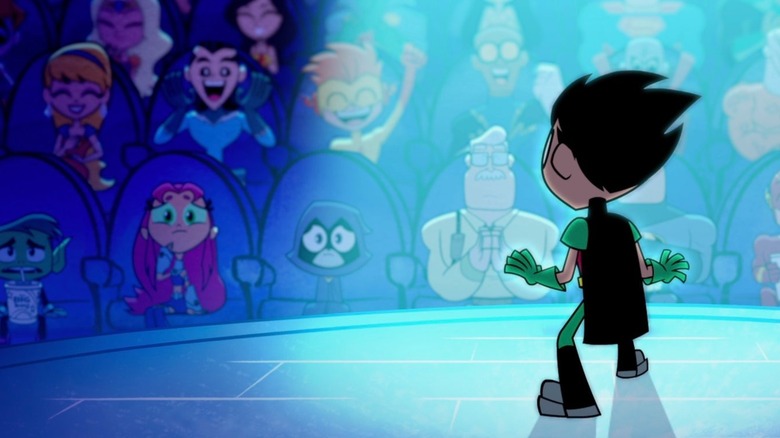
Given recent events involving the Cartoon Network brand, it might appear that Cartoon Network itself has ceased operations. However, this assumption is incorrect, as speculation about its closure spread on social media in mid-2024 following an unexpected outage of CartoonNetwork.com and numerous headlines announcing the cancellation of various Cartoon Network shows from their Max platform.
Essentially, at the time this piece was written, Cartoon Network continues to operate both as a brand and a cable channel. Interestingly, Boomerang is also still a part of many cable plans. Although their standalone streaming services ceased around the same period (CartoonNetwork.com and Boomerang), there’s been some confusion about whether these brands are disappearing entirely. The fate of Cartoon Network as a brand might be in question, with much of its content becoming hard to reach for fans, but it hasn’t ceased operations just yet, at least not completely.
Read More
- Silver Rate Forecast
- Grimguard Tactics tier list – Ranking the main classes
- USD CNY PREDICTION
- Gold Rate Forecast
- Former SNL Star Reveals Surprising Comeback After 24 Years
- 10 Most Anticipated Anime of 2025
- Black Myth: Wukong minimum & recommended system requirements for PC
- Box Office: ‘Jurassic World Rebirth’ Stomping to $127M U.S. Bow, North of $250M Million Globally
- Hero Tale best builds – One for melee, one for ranged characters
- Mech Vs Aliens codes – Currently active promos (June 2025)
2025-01-09 15:30